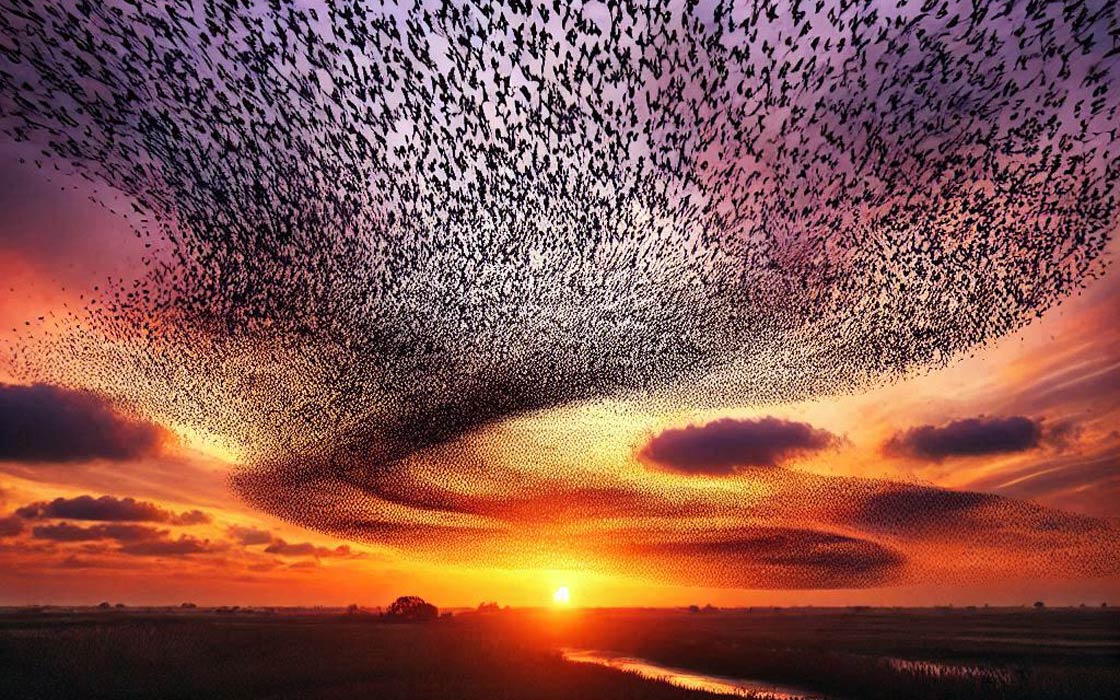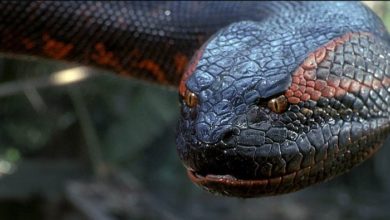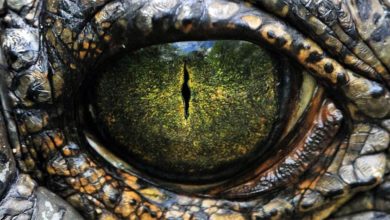The aerial dance of starlings – how birds avoid collisions in flight
The aerial dance of starlings – swarm behavior
How do birds avoid collisions in flight?
In the evenings, one can witness extraordinary aerial spectacles – thousands of birds swirling in harmonious formations. These are starlings (Sturnus vulgaris) creating murmurations – spectacular flocks changing shapes like living clouds. How is it possible that the birds move so fluidly, avoiding collisions, and why do they do it? We invite you on a journey through the world of avian flocking behavior.
Starling murmurations are one of the most beautiful natural phenomena. Their spectacular displays in the sky fascinate both scientists and nature enthusiasts. From a biological point of view, it is an example of masterful coordination and evolutionary adaptation. Today, we will describe how these formations are created, what mechanisms are behind their movement, and what benefits they bring to the birds.
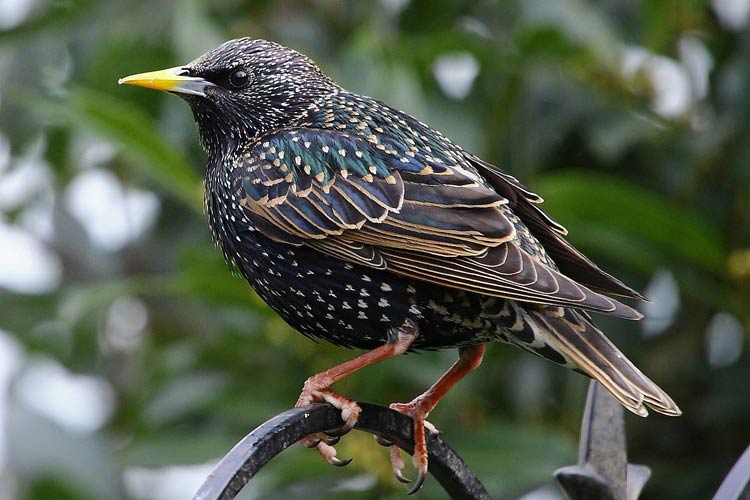
Common Starling (Sturnus vulgaris) – a brief characteristic
Appearance and biology
The Common Starling is a medium-sized bird with a length of approximately 21 cm (8.3 in) and a wingspan of up to 38 cm (15 in). It is characterized by glossy, metallic plumage shimmering with purple and green. In the winter season, its feathers become more speckled.
Distribution
Starlings occur throughout Europe, Asia, and North Africa. They have also been introduced to North America, where they have successfully spread.
Behavior
Starlings are social birds that live in flocks for most of the year. Outside the breeding season, they gather in groups of thousands, especially before sunset, forming murmurations.
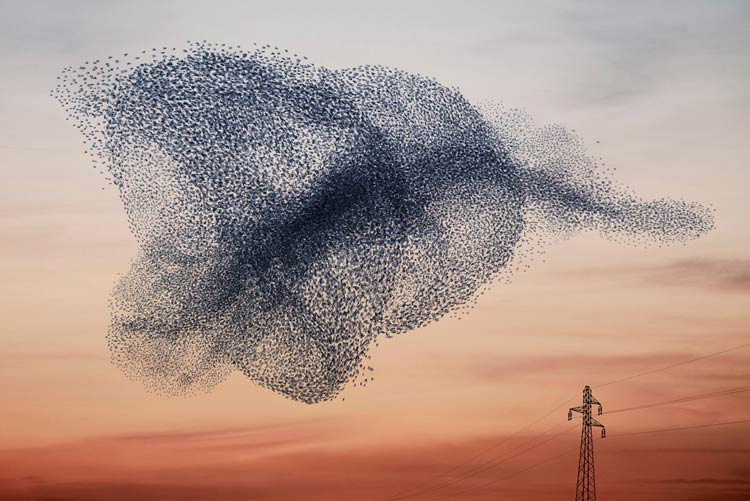
Flocking behavior in birds
What is flocking behavior?
Flocking behavior refers to coordinated actions of a large number of individuals of the same species. In birds, it manifests in various situations, such as migrations, roosting, as well as foraging and defense against predators.
Benefits of living in a flock
- Protection from predators: A flock is more difficult to attack because a predator cannot easily single out one prey item.
- Information sharing: Birds find food more quickly through cooperation.
- Energy conservation: Flying in formation reduces air resistance, which saves energy.
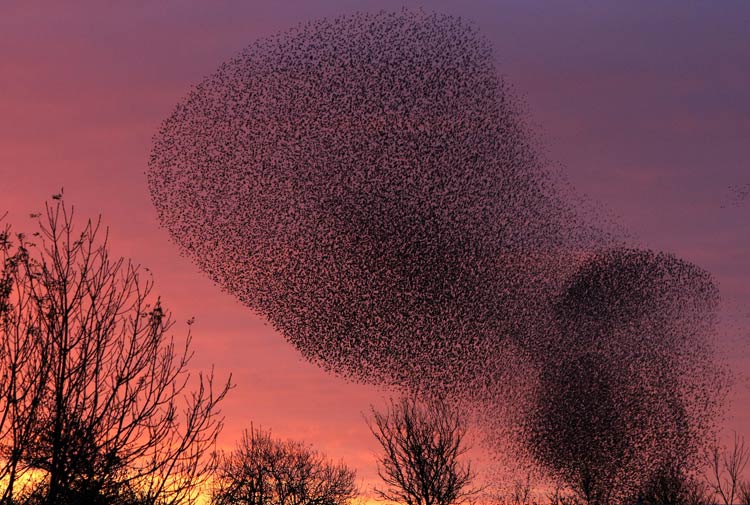
Starling murmurations – spectacular displays in the sky
What is a murmuration?
A murmuration is the effect of synchronized flight of thousands of starlings, which create dynamic formations in the air. Their movements resemble undulating clouds that change shape in real time.
Where and when can murmurations be seen?
The best time to observe murmurations is autumn and winter, just before sunset. In Europe, places known for this phenomenon include, for example, nature reserves in Great Britain, the Netherlands, and Italy.

Mechanisms of formation flight
How do starlings synchronize their movements?
The mechanisms of formation flight are based on several principles:
- Reaction to neighbors: Birds react to the movements of their closest neighbors (approximately 7 individuals).
- Matching direction and speed: Each bird adjusts its speed to the surrounding individuals.
- Maintaining distance: Birds maintain a safe distance to avoid collisions.
The role of communication
Starlings use visual and auditory communication. They react to subtle changes in the position of other birds, which allows them to instantly change their flight direction.
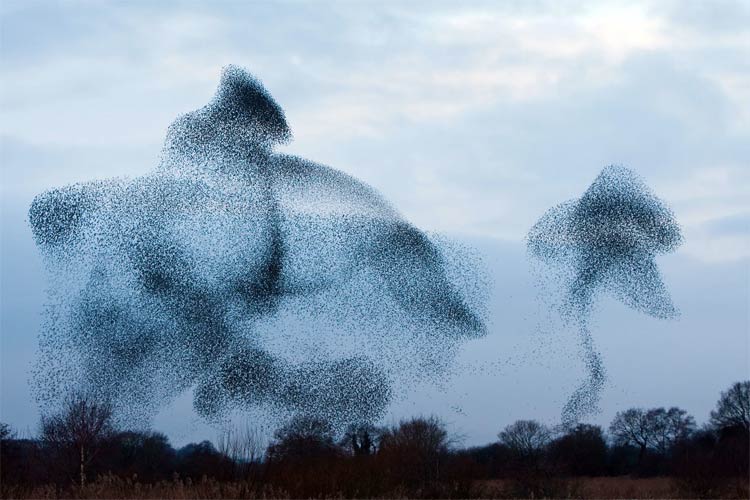
Avoiding collisions in dense flocks
Principles of flight
Collision avoidance is based on:
- Direct observation: Each bird “tracks” several of its closest neighbors.
- Rapid reactions: Birds can change their flight direction in a fraction of a second.
- Flexible formations: The shape of the flock changes dynamically, which minimizes the risk of collision.
How do birds avoid collisions?
One of the most astonishing aspects of murmurations is the lack of collisions between birds, even though they fly close to each other at speeds of up to 80 km/h (approximately 50 mph). This phenomenon is possible thanks to advanced movement coordination mechanisms and the unique perceptual abilities of some bird species. Here is a detailed explanation of this process.
Principles of flight: how do birds synchronize their movements?
Reaction to the closest neighbors
Each starling observes approximately 7 of the closest birds, which ensures a balance between individual control and flock synchronization. When any bird changes its flight direction, its neighbors immediately adjust their movements, which triggers a wave of changes passing through the entire flock.
Maintaining distance
Birds maintain a safe distance, which is a compromise between avoiding collisions and the benefits of proximity, such as protection from predators. The optimal distance between birds is approximately 20-50 cm (approximately 8-20 inches), although it may vary depending on the size of the flock and flight conditions.
Simultaneous change of direction and speed
Birds react instantly, turning almost simultaneously. Such a rapid reaction is possible because the signal for a change of direction spreads through the flock in fractions of a second. Studies suggest that the rate at which the wave of movement spreads through the flock is almost instantaneous, which resembles the way sound waves propagate.
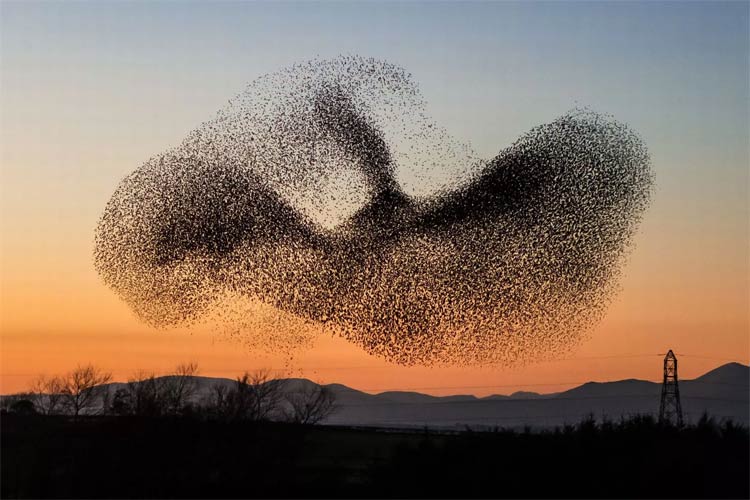
Biological basis of spatial perception
Special sensory abilities
Birds have exceptionally developed peripheral vision, allowing them to simultaneously monitor their surroundings within a range of 300-340 degrees. Their brains are adapted to rapidly process a huge amount of visual data (specialization), which enables instantaneous decision-making.
Visual-motor coordination
The nervous system of birds processes information much faster than in most mammals. The neural connections responsible for motor reactions are extremely short, which minimizes reaction time. This means that a bird can change its flight direction in less than 100 milliseconds. You have probably seen this many times in the case of swifts or swallows.
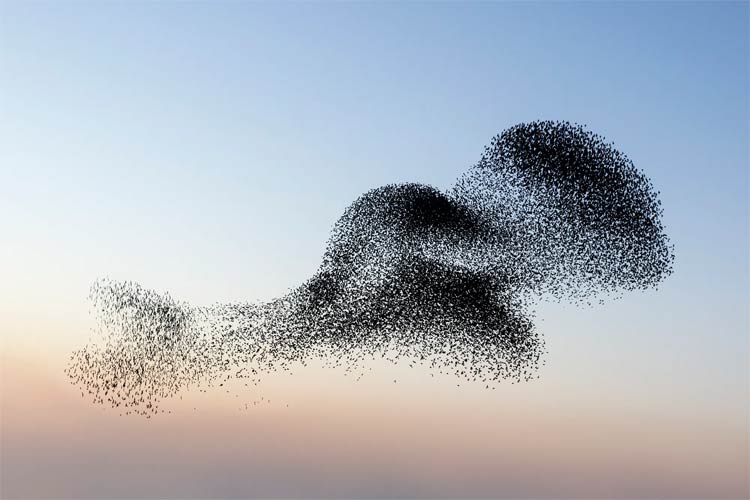
Why do only some birds possess this ability?
Not all bird species have the ability to create such complex formations in flight. Possessing these skills depends on several key factors:
Evolution of flocking behavior
Species that have developed a strategy of living in groups had to develop abilities allowing for collision-free flight. In starlings, pigeons, and swifts, which fly in large groups, natural selection favored individuals with better spatial perception and faster reaction times.
Lifestyle and environment
Birds that lead a solitary lifestyle, such as predators (hawks, falcons), did not need such abilities. In their case, precise attack skills are more useful than formation flight.
Ability to migrate and orient
Migratory birds, such as wild geese or cranes, form less complex formations (wedges or V formations), but also avoid collisions thanks to the hierarchical leadership of the flock. Here, coordination depends mainly on the leader, not on synchronization with many neighbors simultaneously.
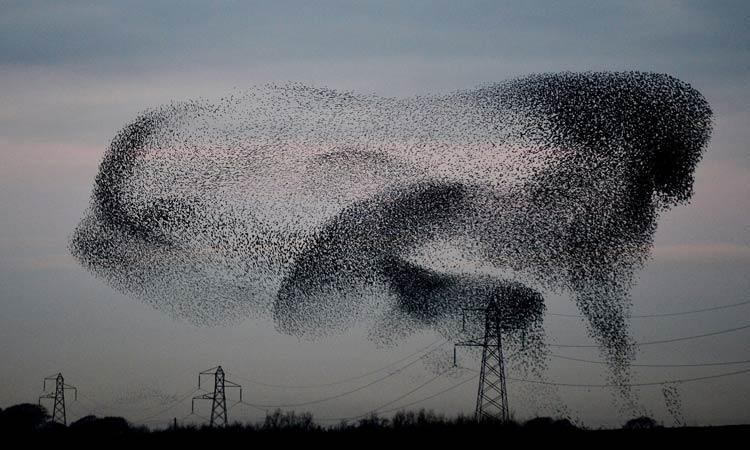
Application of knowledge in technology
The principles of collision avoidance in birds inspire scientists and engineers to develop technologies used in autonomous systems. Examples include:
- Drones flying in formations: Systems based on algorithms inspired by bird movement allow for collision-free flight of autonomous drones.
- Collision avoidance systems in aviation: Airlines are studying flocking strategies to increase air safety.
- Mathematical models and computer simulations: Research on bird movement helps develop mathematical models used in robotics and artificial intelligence.
Protection from predators through flocking behavior
Murmurations disorient predators, such as peregrine falcons. The moving formations make it difficult for an attacking bird to select a single prey item, which makes the attack less effective.
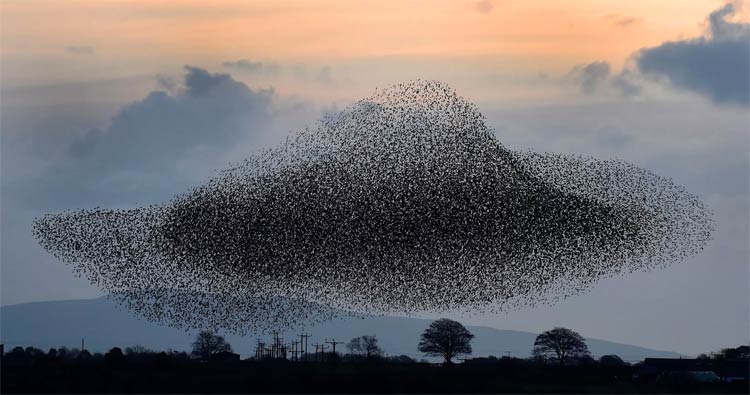
Scientific research on murmurations
Technology in research
Scientists use computer modeling, video analysis, and mathematical algorithms to study the dynamics of murmurations. Thanks to these tools, the principles of flight and reactions to threats have been discovered.
Breakthrough discoveries
Research has shown that the structure of murmurations resembles the movement of particles in a liquid, which provides the flock with exceptional flexibility and stability.
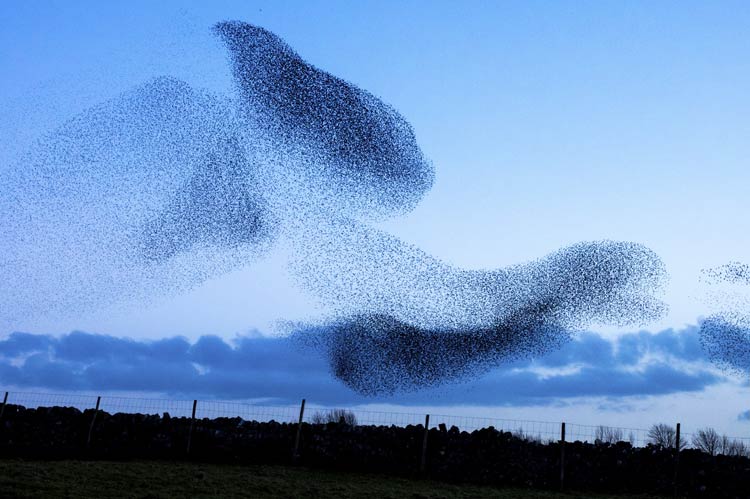
The importance of flocking behavior in the ecosystem
The ecological role of starlings
- Insect population control: Starlings eat huge quantities of harmful insects.
- Seed dispersal: Through their droppings, birds contribute to the dispersal of plants.
- Impact on agriculture: Sometimes flocks of starlings damage crops, which makes them considered pests.
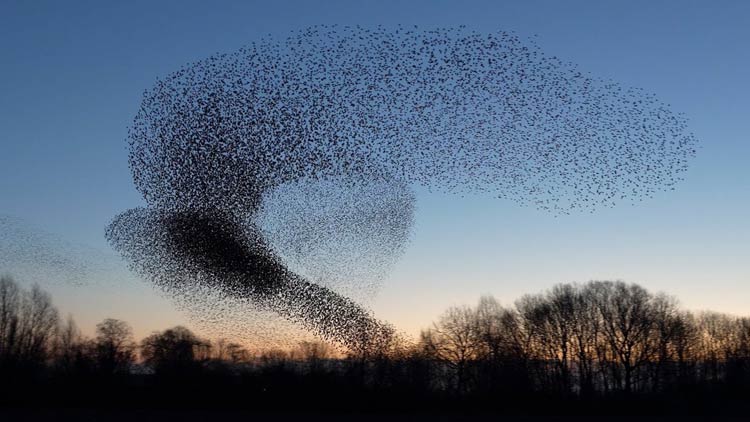
Summary
Starling murmurations are a spectacular example of flocking behavior. They show how, thanks to simple rules, nature can create complex and harmonious structures. Their study allows us to better understand both the natural world and inspire modern technologies, such as drones and collision avoidance systems in air traffic.
The ability of birds to avoid collisions is an example of perfect evolutionary adaptation, resulting from millions of years of natural selection. Starlings and other flocking birds, thanks to extremely precise perception systems and lightning-fast reaction times, can move in a way that still amazes scientists. These natural mechanisms are an inspiration for modern technologies, showing that nature is a master in designing complex behavioral systems.
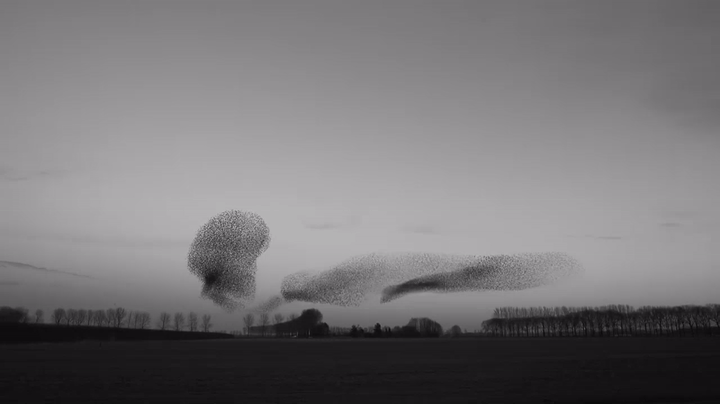
Recommended
- Fauna of Africa
- African lion
- Asian lion
- African elephant
- African forest elephant
- Asian elephant
- Moose
- Owls
- Parrots
- Giraffe
- Gorillas
- Zebroid
- Zebra
- Giant anteater
- Lizards
- Toucans
- Lemurs
- Gaur
- Aardvark

